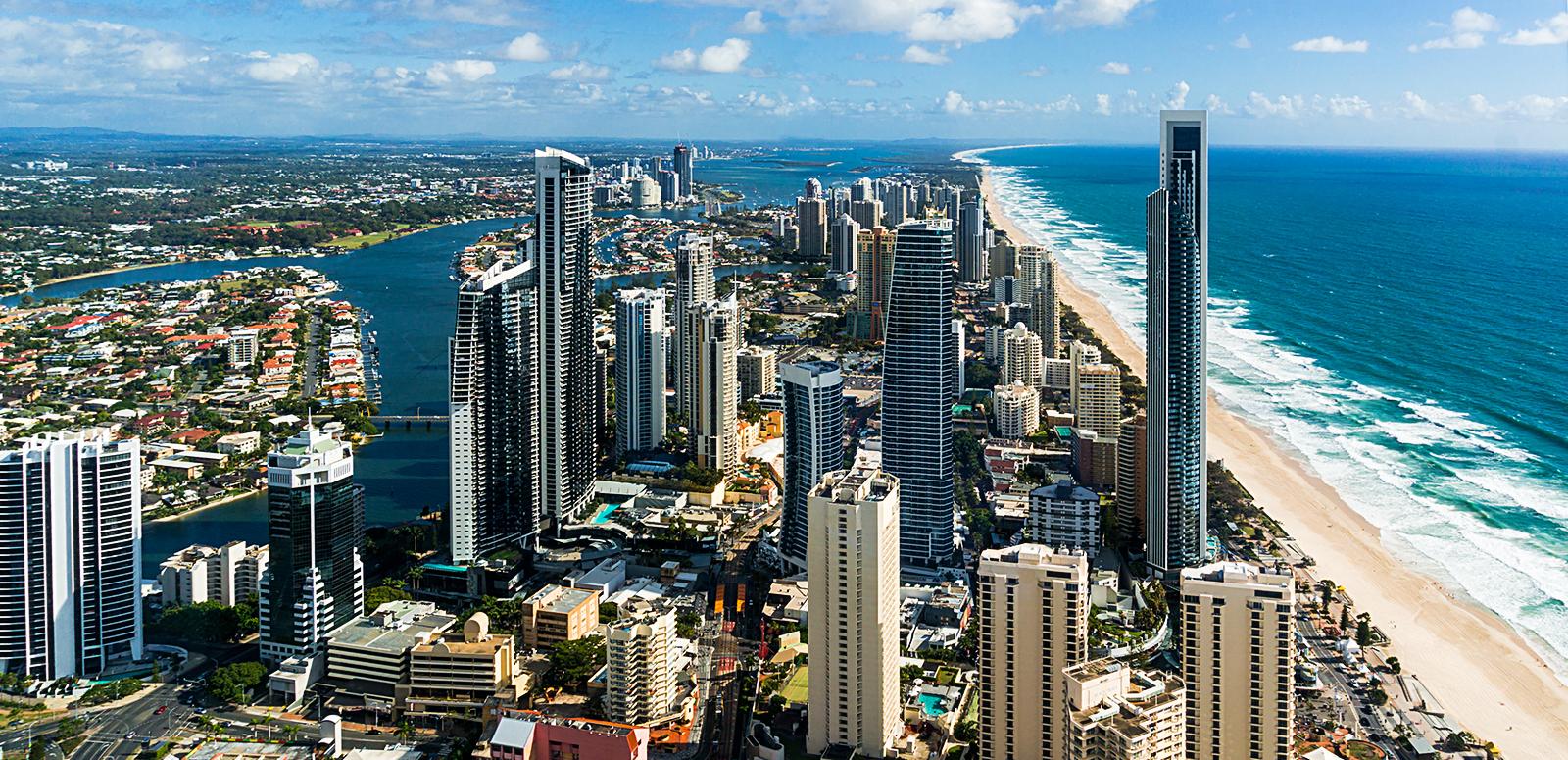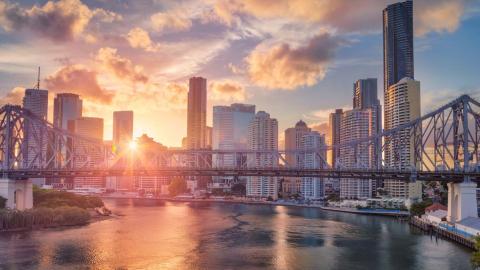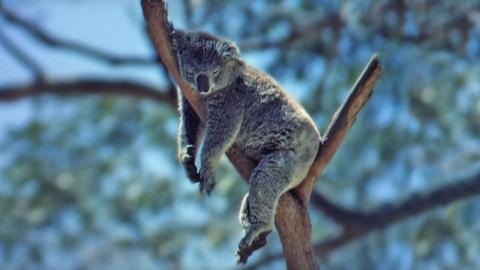

Gold Coast time capsule
Gold Coast time capsule
With its warm climate and spectacular beaches, the Gold Coast has been a major holiday destination since the 1950s.
Originally called the South Coast because of its location south of Brisbane, it was nicknamed the Gold Coast because of rapidly increasing real estate prices in the post-Second World War property boom.
The South Coast Town Council became the Gold Coast Town Council in 1958 and the Queensland Government proclaimed the Local Authority of the city of the Gold Coast in 1959.
It's also been a place that has attracted many characters, entrepreneurs and tourists ready to party. In 2018 the Gold Coast hosted the 21st Commonwealth Games.
This collection includes a selection of footage about the region, ranging from the 1950s to the late 1990s.
The National Film and Sound Archive of Australia acknowledges Australia’s Aboriginal and Torres Strait Islander peoples as the Traditional Custodians of the land on which we work and live and gives respect to their Elders both past and present.


